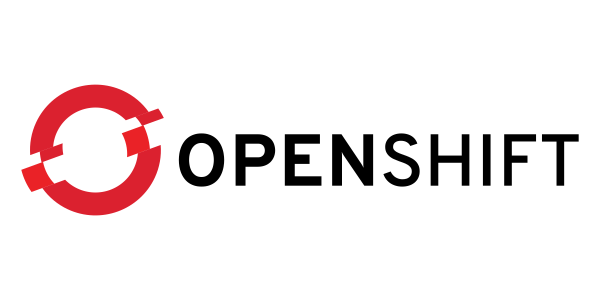Managing Virtual Machines with Red Hat OpenShift Virtualization

Course Description
Managing Virtual Machines with OpenShift Virtualization teaches the essential skills required to create and manage virtual machines (VM) on OpenShift using the Red Hat OpenShift Virtualization operator. This course does not require previous knowledge of containers and Kubernetes.
Skills required to create, access, and manage VMs on OpenShift clusters.
Skills required to control usage and access of cpu, memory, storage, and networking resources from VMs using the same Kubernetes features that would also control usage and access to these resources for containers.
Sample architectures to manage High Availability (HA) of VMs using standard Kubernetes features and extensions from OpenShift Virtualization.
Strategies to connect VMs on OpenShift to data center services outside of their OpenShift cluster, such as storage and databases.
| Duration | Delivery Method | Mandatory Prerequisites | Who Should Attend |
|---|---|---|---|
| 4 days | Virtual – Intructor led |
|
|
Course Objectives:
- Create VMs from installation media and disk images.
- Access text and graphical consoles of a VM.
- Connect to VMs using Kubernetes networking (services, ingress, and routes).
- Provision storage to VMs using Kubernetes storage (PVC, PV, and storage classes).
- Start, pause, and stop VMs.
- Clone and snapshot VMs.
- Connect VMs to external and extra networks (outside of the Kubernetes pod and service networks).
- Provision load balancer services for VMs and then use the services to enable SSH access to VMs.
- Connect VMs to host storage and external storage.
- Create VMs from VM Templates.
- Migrate VMs from compatible hypervisors.
Agenda:
- Introduction to OpenShift Virtualization
- Run and access Virtual Machines
- Configure Kubernetes network for Virtual Machines
- Connect Virtual Machines to external networks
- Configure Kubernetes storage for Virtual Machines
- Virtual Machine template management
- Advanced Virtual Machine management
- Configure Kubernetes high availability for Virtual Machine
